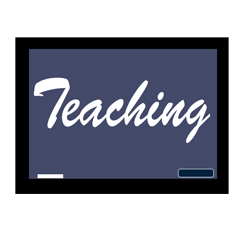 Doing Digital History with Undergraduates
Doing Digital History with Undergraduates
Thomas Harbison, Baruch College, City University of New York
Jeffrey W. McClurken, University of Mary Washington
Michelle Moravec, Rosemont College
Luke Waltzer, Baruch College, City University of New York
Session Abstract
No one who teaches history could have failed to notice the exponential growth in accessible digital primary sources in the twenty years since we have had access to the internet through a browser. This abundance of primary sources material has clearly magnified the concomitant problem that our students often have little to no idea how to deal with those sources. At the same time, scholarship on the teaching and learning of history from Sam Wineburg, Robert Bain, Leonard Calder, Peter Sexias, and others consistently points to the importance of crafting authentic inquiry-based experiences to teach students historical thinking skills. These conditions and demands provide much for history instructors to consider as they work with undergraduates, some of whom may not be majors, and most of whom will not go on to be professional historians.
In the past few years, a growing community of scholars--across the disciplines--have been working with their undergraduate students to integrate digital work into their courses. Supported by the work of the team at the National Institute for Technology in Liberal Education (NITLE) <http://nitle.org/> and new publications such as the Journal of Interactive Technology and Pedagogy <http://jitp.commons.gc.cuny.edu/>, these teachers are in the process of transforming their classroom practices to implement a maker-pedagogy that mobilizes digital skills and tools in the service of learning.
For historians, the introduction of digital tools, skills, and assignments offer instructors one way to address the abundance of primary sources and the need to create authentic historical investigations for students. The potential gains from this introduction are not without concomitant problems and challenges. In this roundtable session, experienced history teachers will share their successes and failures with digital history in the undergraduate classroom. The participants will address the following questions:
- How does digital history fit in the overall History curriculum, in relations to the methods course, topics course, and a capstone course?
- What is the place for digital skills and approaches in the undergraduate curriculum more generally?
- Does introducing digital tools change the way that undergraduates learn to “do history”?
- What are the minimum digital skills history majors need to be successful? How do the needs of non-majors differ from majors?
- What are the complications of introducing digital methods and approaches into topics courses?
- How do teachers with little institutional support work digital skills into their teaching?
